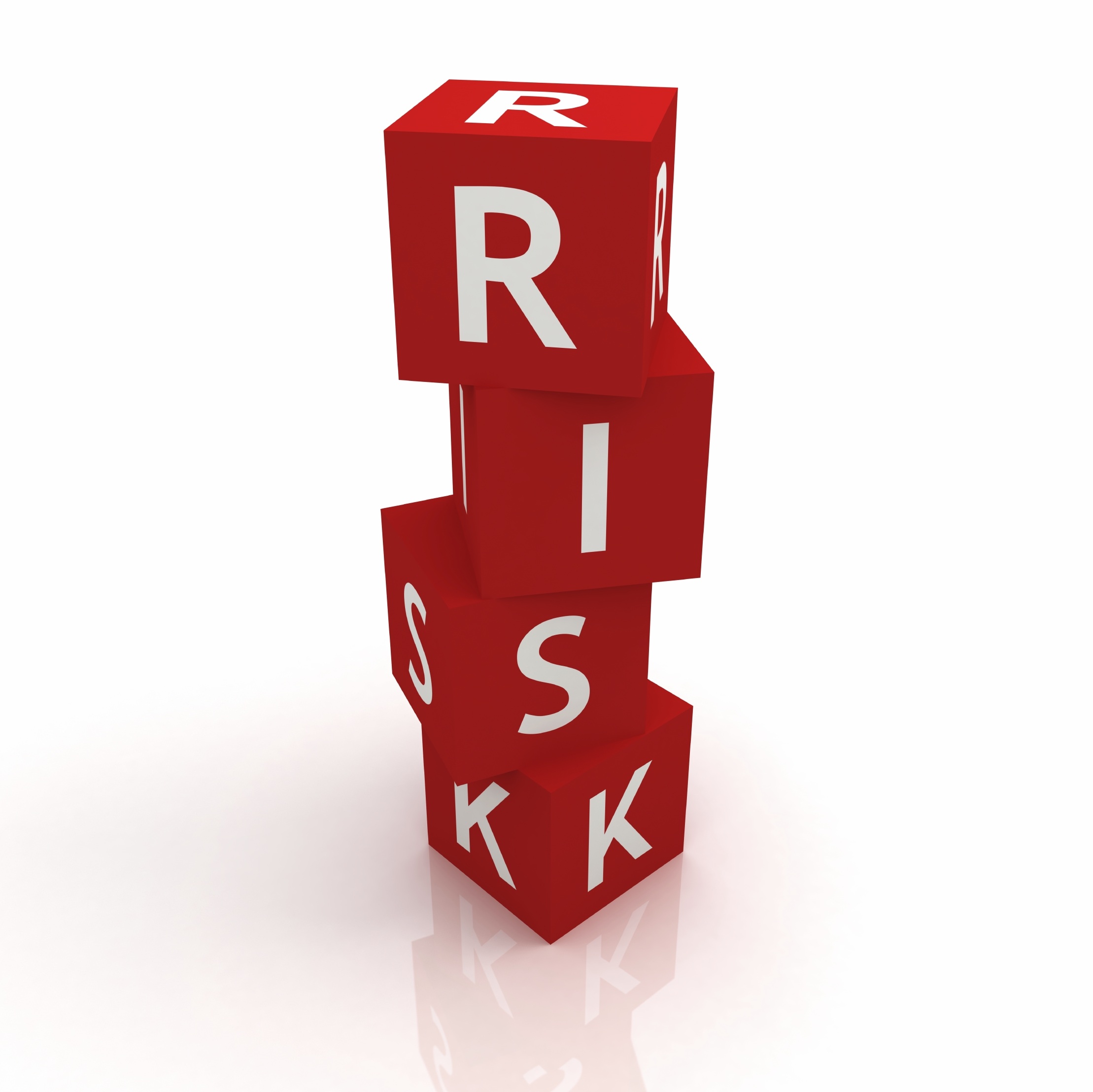The widespread contamination of a significant proportion of the planet’s land and water with pesticides is undeniable. While this takes place, innumerable species of animals associated with agricultural landscapes are declining at rates that may put them on the brink to extinction in the span of a lifetime. It is evident, therefore, that our current risk assessment of agrochemicals has failed to protect the environment. A new framework is proposed here that combines the mandatory introduction of new toxicity endpoints with a more logical assessment of risks within the existing tiered approach.
Chronic toxicity tests designed to detect time-cumulative effects should be a requirement for assessing delayed mortality as well as population endpoints that are crucial for the recovery and survival of species, such as fecundity. Exposure assessments should ensure that field monitoring data integrate both the highest and average levels of residues, as the former levels determine the main ecological impacts.
The first tier of the risk assessment should comprise an evaluation of short-term mortality (as currently done by a hazard quotient on acute toxicity) and of the lethality after chronic exposure to sublethal levels. Chemicals that pass this tier should be assessed in a second tier whereby the crucial population endpoints are evaluated. Unless there is evidence of recovery with no negative effects on reproduction of the species tested, a chemical should not be registered.
Further tiers of assessment, including sublethal effects, community effects tested in model ecosystems (i.e. microcosms, mesocoms) and field trials can still be used as supporting evidence, as it is currently done.
Source:
Sánchez-Bayo F, Tennekes HA. Assessment of ecological risks of agrochemicals requires a new framework. Environ Risk Assess Remediat. 2017;1(3):20-28

- Login om te reageren
